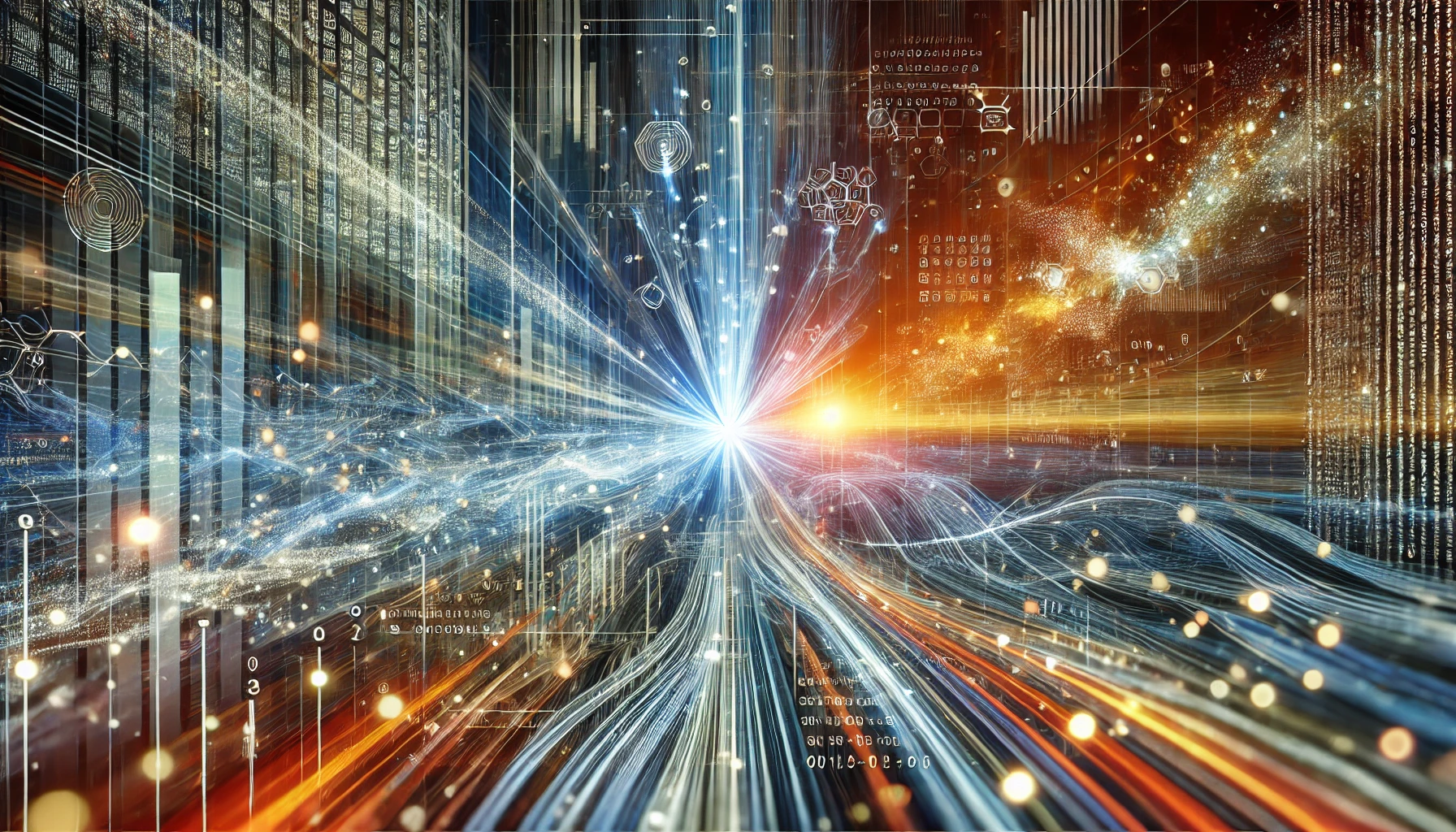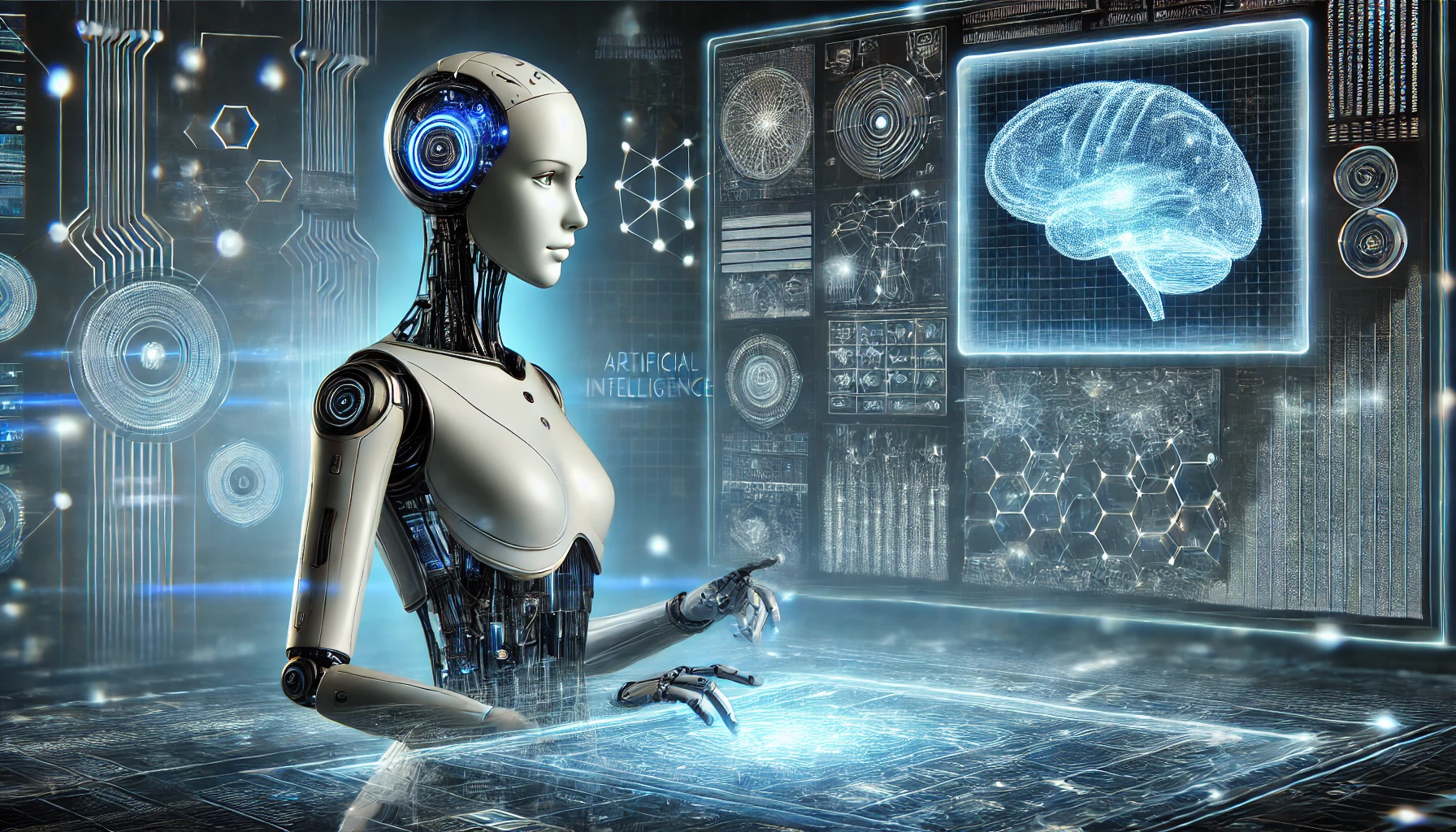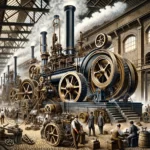Introduction to Artificial Intelligence and Machine Learning is at the heart of the Fourth Industrial Revolution. In 2015, Klaus Schwab, the then-executive chairman of the World Economic Forum, published a thought-provoking article titled ‘Mastering the Fourth Industrial Revolution.’ Schwab asserted that humanity was on the brink of a technological revolution poised to fundamentally transform our way of life. This revolution, as he envisioned, builds upon the foundations of the Third Industrial Revolution—commonly referred to as the Digital Revolution—which introduced widespread use of computers and automation. Among the central pillars of this new era, Schwab emphasized Artificial Intelligence (AI).

The dream—or in some instances, the nightmare—of creating machines with intelligence comparable to humans is far from a recent phenomenon. Echoes of such aspirations can be traced back to ancient mythology. For instance, the Greek myth of Talos describes a mechanical guardian of Crete made of bronze, an early conceptualization of an intelligent, albeit mythical, machine. Centuries later, in the 18th century, a supposed chess-playing automaton known as The Turk intrigued the public. Although it was ultimately revealed to be a hoax operated by a human concealed within the machine, its existence highlights humanity’s longstanding fascination with intelligent machinery.
The scientific pursuit of creating machines capable of intelligent behavior forms the core of the field of Artificial Intelligence. Technically defined, AI encompasses the study and development of devices that perceive their environment and act to maximize the likelihood of achieving a specific objective. A subfield of AI, known as Machine Learning (ML), focuses on algorithms and statistical models that enable computational systems to perform tasks and extract insights from data patterns without explicit programming.
The Evolution of Artificial Intelligence
Early Beginnings and Inspirations
The Introduction to Artificial Intelligence and Machine Learning reveals that while Artificial Intelligence emerged as a distinct scientific field only in the mid-20th century, its conceptual roots stretch far deeper into human history. Early inspirations came from mathematics and computational theory. For example, the development of probability theory and Boolean algebra laid essential groundwork for the logical reasoning systems integral to AI today.
One of the earliest milestones in the history of AI was the publication of the seminal paper by Warren McCulloch and Walter Pitts in 1943, titled “A Logical Calculus of the Ideas Immanent in Nervous Activity.” This work provided a mathematical model for the operation of neurons, presenting a foundation for neural networks. In 1950, Alan Turing’s iconic paper “Computing Machinery and Intelligence” introduced the Turing Test, which remains a benchmark for evaluating whether a machine exhibits human-like intelligence.
The Dawn of AI Research
In 1956, leading scientists formally christened the field of Artificial Intelligence during the Dartmouth Summer Research Project on Artificial Intelligence. This event not only marked the official birth of AI as a discipline but also set ambitious goals for machine cognition. Shortly after, Arthur Samuel’s work on self-improving Checkers programs demonstrated the potential for machines to learn and adapt through experience—a precursor to modern machine learning techniques.
The 1960s and 1970s witnessed both breakthroughs and setbacks. Joseph Weizenbaum’s creation of ELIZA in 1965, the first chatbot, illustrated early strides in natural language processing. In 1979, the Stanford Cart demonstrated rudimentary autonomous navigation by crossing a room cluttered with chairs, a feat requiring five hours but representing a landmark in robotics.
Despite such achievements, the field entered a period known as the “AI Winter” in the 1980s. Overinflated expectations led to disenchantment and reduced funding when practical results failed to match the hype. This ebb and flow between optimism and disappointment became a recurring theme in AI’s history.
Modern Renaissance: Data and Computation
The turn of the 21st century ushered in a renaissance for AI, driven by two transformative forces: the explosion of data and the exponential growth in computational power. Technologies such as deep learning, a subset of machine learning, have flourished thanks to advancements in neural networks that mimic the architecture of the human brain.
One iconic milestone was IBM’s Deep Blue defeating world chess champion Gary Kasparov in 1997, a testament to AI’s evolving capabilities in strategic decision-making. By 2015, AI no longer stayed confined to research labs; instead, it powered applications like PayPal’s fraud detection systems, leveraging sophisticated algorithms to analyze transaction patterns.
This revival has permeated every facet of modern life, from voice assistants like Siri and Alexa to AI-driven recommendation systems on platforms such as Netflix. The Introduction to Artificial Intelligence and Machine Learning demonstrates how machine learning models have become indispensable in fields ranging from healthcare to finance, enabling tasks such as early disease diagnosis, predictive analytics, and automated trading.
Understanding Machine Learning
Machine Learning, as a subdomain of AI, represents a paradigm shift in how machines solve problems. Traditional programming relied on explicit instructions for every scenario. Machine Learning, by contrast, enables machines to learn from data and improve their performance over time. This shift is akin to teaching a student how to reason and generalize rather than memorizing answers.
The Mechanisms of Machine Learning
At its core, machine learning involves training algorithms on datasets to recognize patterns and make decisions. The process typically unfolds in three stages:
- Training: Algorithms are exposed to a dataset and learn to map inputs to outputs by identifying underlying patterns.
- Validation: The learned model is tested on unseen data to fine-tune its performance and prevent overfitting.
- Testing: Final evaluation ensures the model generalizes well to entirely new data.
Machine learning algorithms are broadly categorized into three types:
- Supervised Learning: Algorithms are trained on labeled datasets, where each input has a corresponding output. Examples include email spam filters and image classification systems.
- Unsupervised Learning: Algorithms work with unlabeled data, identifying patterns or clusters. Applications include customer segmentation and anomaly detection.
- Reinforcement Learning: Systems learn by interacting with an environment and receiving feedback in the form of rewards or penalties, as exemplified by autonomous robots and game-playing AI agents.
Challenges and Ethical Considerations
While AI and machine learning hold immense promise, they also pose significant challenges. A major concern is the potential for biased algorithms. Biased or incomplete datasets directly cause unfair or inaccurate outcomes because machine learning models depend on the quality of their training data. For instance, facial recognition systems have faced criticism for higher error rates in recognizing individuals from certain demographic groups.
Moreover, the increasing reliance on AI raises ethical dilemmas. Questions surrounding privacy, accountability, and transparency loom large. For example, who bears responsibility when an autonomous vehicle causes an accident? How do we ensure that AI systems operate in ways that align with human values?
The Future of AI
As we progress deeper into the 21st century, the potential applications of AI seem boundless. From automating routine tasks to solving complex problems, AI continues to redefine industries. Notable areas of exploration include:
- Healthcare: AI-powered diagnostics and personalized medicine promise to revolutionize patient care.
- Education: Adaptive learning platforms are tailoring educational experiences to individual students.
- Climate Change: AI is being harnessed to model climate patterns and optimize renewable energy systems.

However, realizing these possibilities will require addressing technical limitations, ethical concerns, and societal impacts. Collaboration between governments, industry leaders, and researchers is crucial to fostering an AI-driven future that benefits humanity as a whole.
Conclusion
Artificial Intelligence and Machine Learning have evolved from mythology and speculative fiction into cornerstones of modern innovation. They are now transforming the way we live, work, and interact with the world.
Challenges remain, but the continued evolution of AI promises to unlock new opportunities. It empowers humanity to tackle problems once thought insurmountable. As we enter this transformative era, we must embrace AI thoughtfully. This approach will be key to shaping a future that aligns with our collective aspirations.
References
Turing, Alan (1950), “Computing Machinery and Intelligence”, Mind 49, p.433-460



